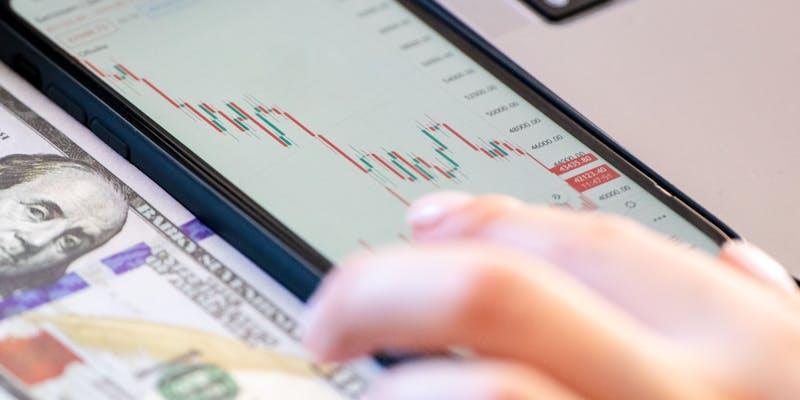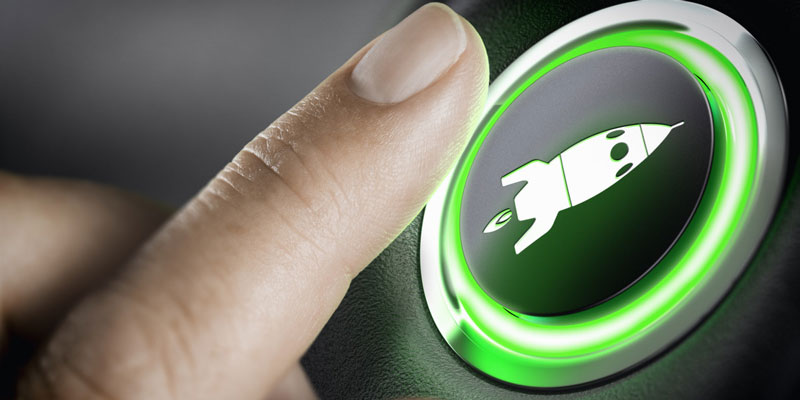Gravestone Doji Pattern: Mastering This Powerful Trading Signal
Sep 17, 2024 By Aldrich Acheson
Technical experts often use the word Gravestone Doji as a bad sign when they are buying. When the opening, low, and ending prices are all close to each other, a long upper shadow forms. This makes a negative turnaround Doji Candles pattern called a Gravestone Doji. From the longer top shade, we can see that bears had surpassed the initial rise of bulls by the end of the session. This often happens right before a longer-lasting drop in price.
Furthermore, Gravestone dojis indicate a downhill turnan upside-down T with a raised top shadow. Usually, a true pattern requires the same or near open, low, and closing prices. The pattern must have a modest tail to avoid looking like a shooting star, spinning top, or upside-down hammer.
The Gravestone Candles Doji can appear at the end of a rise, but it usually appears at the end of a downturn. People like the gravestone doji pattern, but it has many of the same reliability problems as other designs. Traders usually only move on a Gravestone doji once the next candle shows a turnaround. To understand the concept and workings of a gravestone dogi, keep reading further.
Identifying the Gravestone Doji Candles
Technical traders will find it very easy to spot the gravestone doji chart pattern. It is structured in a way that only becomes clear at key market points. Gravestone candlestick designs usually show up at the end of a long price rise. They have a long upper shadow sitting on a thin, true body.
To find the cue, you must first find a long rise. Next, look for a candle whose open and close are almost at the same level after the rise. This small real body must have a tall upper wick that shows the failure to continue the increase during the day, which shows that buyers and sellers hesitate.
The following Gravestone Doji candlestick, with its thin body representing balance and its long upper shadow showing the bull's inability to push higher, shows the end of the rise. Traders also look for basic clues that support the pattern, like rising volume or signs of overbought conditions, to make sure it is real. Once confirmed, the structure shows that the direction will change from bullish to bearish over the next few sessions.
Using the Gravestone Doji in a Trading Strategy

The Gravestone candlestick pattern can be very useful for traders if they use it with other basic signs and analysis tools. There are several ways to use the Gravestone Candles doji in a trade plan, including:
Reversal Signal
When prices have been going up for a long time, and then a Gravestone doji shows up, traders may consider taking profits or starting short positions. Further confirmation can come from an oscillator, trendlines, support, resistance levels, or other signs, making the warning more reliable.
Stop Loss Placement
Traders can use the Gravestone Candles pattern's peak as a possible stop-loss level when selling short. You can better control your risk by placing a stop loss above the peak of the Gravestone Doji. This will limit your losses if the market goes against your prediction that it will reverse.
Confirmation
Once there is more price movement, a single Gravestone doji may point to a possible turnaround. Traders often wait for more negative signs, like a lower close in the next candle or a break below important support levels, before they make a move.
Examples of Gravestone Doji
A gravestone doji can show up on both up and down trends. This display shows three versions and explains what they mean so you can use them.
Gravestone Doji in Uptrend
The Gravestone Doji is more likely to show up near the top of a trend that is going up.
- Gravestone Doji at the top of an uptrend signals a trend reversal.
- Bears gain strength, pushing the price down.
- More significant on longer time frames (daily or 4-hour candles).
Gravestone Doji in Downtrend
Gravestone Doji is always a bad sign, so be careful whether it shows up on an upward or downhill trend. If the price goes down, it could mean that the market is moving sideways or that the trend is continuing. Moreover, the market could go down even more since the Gravestone Doji isn't a good sign of a bottom.
Double Gravestone Doji
When there is a double Gravestone Doji, the market looks worse, and the bulls' strength is weak. The market usually goes down quickly after the bottom of the two Gravestone Doji breaks.
You don't have to use candles in these scenarios. You can consider indicators such as MACD, RSI, Moving Averages, Fibonacci levels, Bollinger bands, OBV, CMF, and others to see if there is a hint that says the market is going down or that bulls should wait for a better chance. Remember, though, that you need to wait for approval before you do anything.
Benefits and Limitations of a Gravestone Doji Candlestick

Knowing the benefits and limitations of the Gravestone Doji candlestick will help you identify its signals.
Benefits
- Easy to Spot: The gravestone doji is easy to spot on a chart because of its appearance.
- Versatile: This Gravestone Candles pattern works in equities, commodities, and currencies.
- Clear Reversal Signal: It helps traders make quick decisions by showing them a possible market reversal.
Limitations
- Weak Confirmation: It's best to see a stone doji candlestick after a huge decrease. If they happen once or with little technological sign assistance, they may be more dependable.
- Timeframe: Gravestone doji performance may vary depending on the historical period. A Gravestone doji on a daily chart may not be as significant as on a weekly or monthly chart.
- Market Conditions: Market conditions may also impact gravestone doji performance. The trend may be less stable than when there were fewer transactions, more volatility, or more stability.
- Risk Management: Gravestone Doji Trend analysis is only one trading instrument. To protect capital and prevent losses, risk management and stop-loss orders are essential.

What Are Best Endeavors?

Good Paying Work From Home Jobs In 2023

Chip Shortage May Dent Supplies of Credit and Debit Cards: A Complete Overview

Dividend Rate and Dividend Yield: What’s the Difference?

The Review of Kemper Life Insurance

What Exactly Are Pain and Suffering?

What Does Chime Do?

From Beans to Business: The Journey of Starting a Coffee Shop

Real Estate Agents Earning

